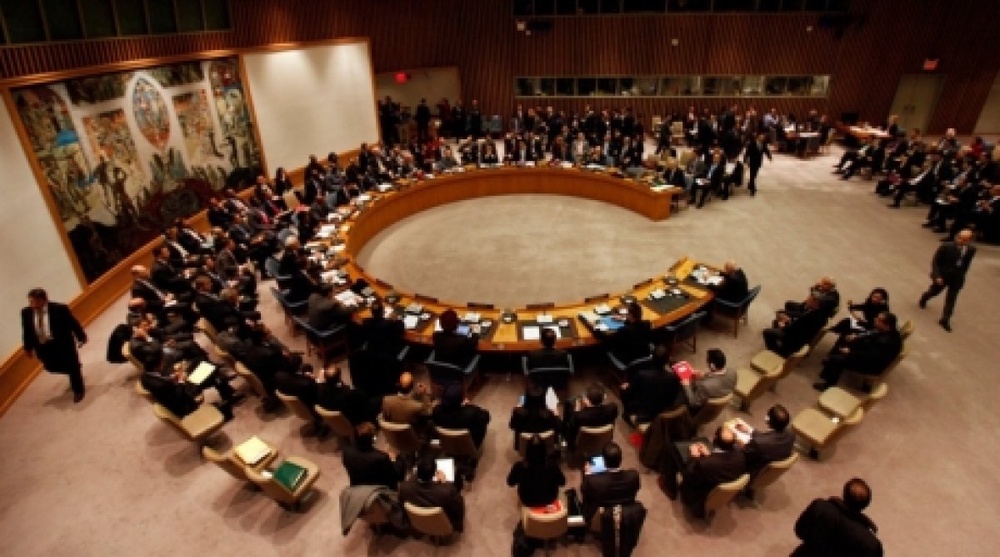
Five nuclear powers on Tuesday, in New York, signed a new Protocol to the existing Central Asian Nuclear-Weapon-Free-Zone (CANWFZ) Treaty, Tengrinews reports citing RIA Novosti. The Treaty came into effect in 2009 as a joint non-proliferation effort. It envisions creation of a nuclear free zone in five Central Asian countries: Kazakhstan, Kyrgyzstan, Tajikistan, Turkmenistan, and Uzbekistan.
The five permanent members of the UN Security Council (China, Britain, France, Russia, and the United States) agreed on putting a ban on production, purchase and placement of nuclear weapons on the territory of the five Central Asian countries. However, the agreement did not include a ban on peaceful nuclear energy.
Guarantees of non-use of nuclear weapons against the parties to the treaty are called “negative guarantees”. These negative guarantees also include assurances of non-threatening to use nuclear weapons.





Five nuclear powers on Tuesday, in New York, signed a new Protocol to the existing Central Asian Nuclear-Weapon-Free-Zone (CANWFZ) Treaty, Tengrinews reports citing RIA Novosti. The Treaty came into effect in 2009 as a joint non-proliferation effort. It envisions creation of a nuclear free zone in five Central Asian countries: Kazakhstan, Kyrgyzstan, Tajikistan, Turkmenistan, and Uzbekistan.
The five permanent members of the UN Security Council (China, Britain, France, Russia, and the United States) agreed on putting a ban on production, purchase and placement of nuclear weapons on the territory of the five Central Asian countries. However, the agreement did not include a ban on peaceful nuclear energy.
Guarantees of non-use of nuclear weapons against the parties to the treaty are called “negative guarantees”. These negative guarantees also include assurances of non-threatening to use nuclear weapons.
With such guarantees in place, creation of the nuclear-free zone has one step closer in Central Asia. For the nuclear-free zone to be completely established it is only remains for all the parties to ratify this additional Protocol. In order for these to happen, the representative bodies of the five states have to adopt the Protocol.
There are four other nuclear free zones in the world: Latin America and the Caribbean, South Pacific, Southeast Asia, and Africa. However, the zone in Central Asia is the only one located wholly in the Northern hemisphere and the only one which covers the area where nuclear weapons used were present.
Russia’s Permanent Representative to the UN Vitaly Churkin said that it is “remarkable” that the Protocal was signed by all the nuclear-weapons states on the same day, South China Morning Post reports. "This is the first such example in the world," he said.
By Dinara Urazova


 +7 (777) 001 44 99
+7 (777) 001 44 99















































